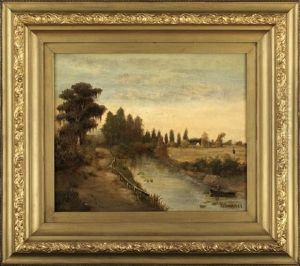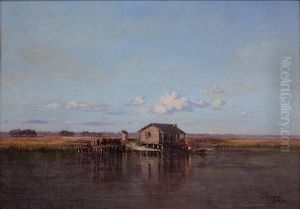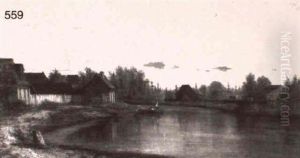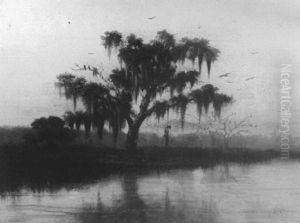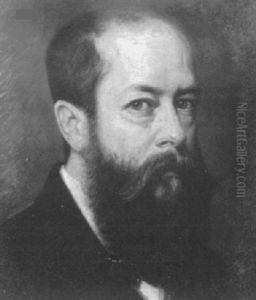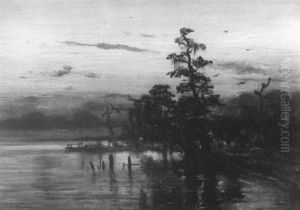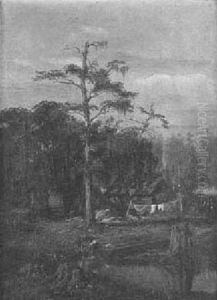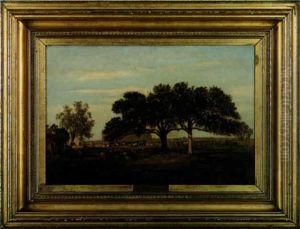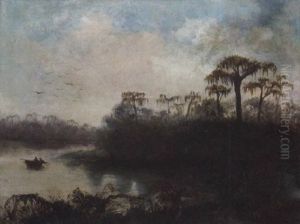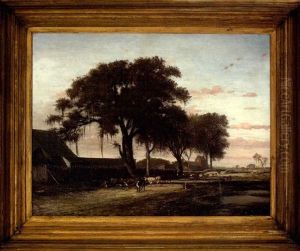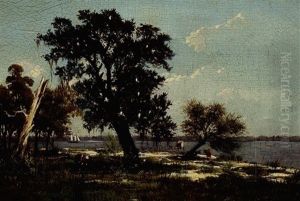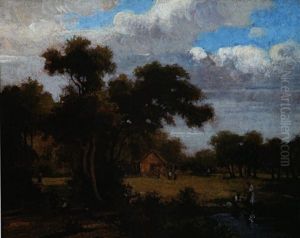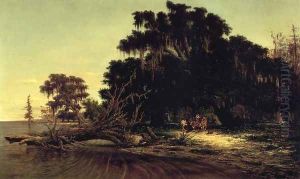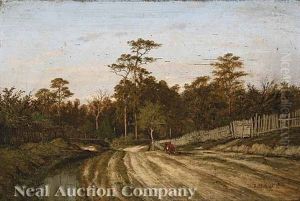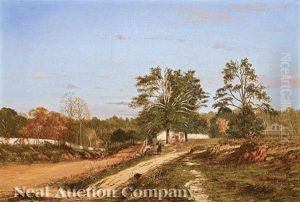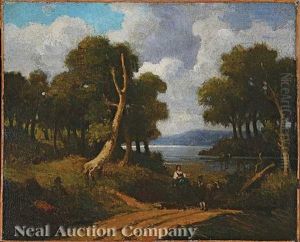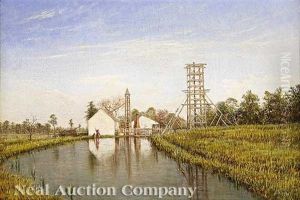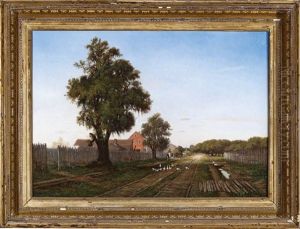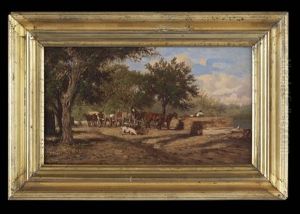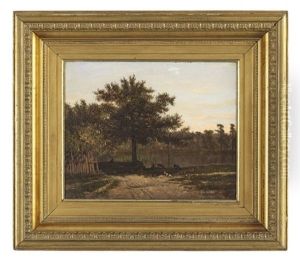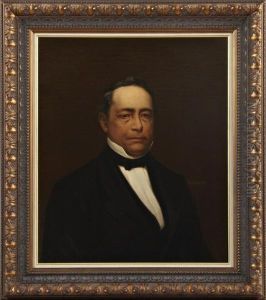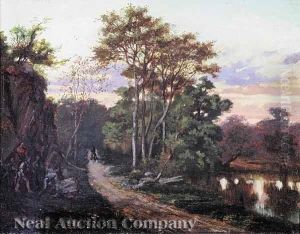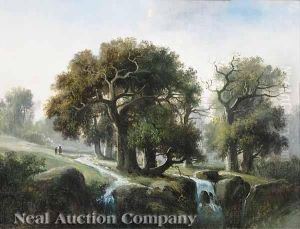Richard Clague Paintings
Richard Clague Jr. was an American landscape painter associated with the 19th-century Louisiana school of painting. Born on October 27, 1821, in Paris, France, Clague was the son of wealthy parents who were originally from New Orleans. His family returned to Louisiana when he was a child, and Clague would eventually become one of the foremost painters of the Southern United States, particularly known for his depictions of the bayous and swamps of Louisiana.
Clague received his initial artistic training in Europe, which was common for American artists of his time. He studied in Paris at the École des Beaux-Arts under renowned French landscape painter Eugène Isabey. Clague's European education was evident in his technical skill and his adoption of the Barbizon style, which focused on naturalistic landscapes and was a precursor to Impressionism.
Returning to New Orleans in the 1840s, Clague quickly established himself as a prominent artist. During his career, he was known for his attention to detail and his ability to capture the unique atmosphere of the Louisiana landscape. His works often featured live oaks draped with Spanish moss, tranquil bayous, and the rural life of the region. Clague's paintings are characterized by their moody romanticism and his use of light and shadow, which helped document and define the visual iconography of the American South.
Unfortunately, Clague's life was marred by personal tragedy and financial difficulties. He struggled with alcoholism, which affected his productivity and reputation. Despite these setbacks, he continued to work and exhibit his paintings. Richard Clague died on August 25, 1873, in New Orleans, leaving behind a body of work that remains highly regarded for its historical and artistic value. Today, Clague's paintings can be found in various institutions, including the Historic New Orleans Collection and the New Orleans Museum of Art, serving as a testament to his contributions to American art and the cultural heritage of Louisiana.
